November 22, 2025, marks a pivotal moment in finance as Real-World Asset (RWA) tokenization moves beyond experimental phases to become a cornerstone of institutional strategy. What was once a niche concept is now fundamentally reshaping how traditional financial giants perceive and interact with blockchain technology, promising unprecedented liquidity, efficiency, and transparency. This accelerating trend is blurring the lines between conventional markets and the burgeoning digital asset ecosystem, heralding a new era for global finance.
The Rise of Tokenized Real-World Assets
Real-World Assets (RWAs) refer to tangible and intangible assets that exist outside the blockchain but are represented on-chain through tokens. This includes everything from real estate and commodities to intellectual property, private credit, and even government bonds. The allure of tokenization for these assets is multifaceted, addressing long-standing inefficiencies in traditional markets:
- Enhanced Liquidity: By fractionalizing high-value assets, tokenization opens them up to a broader investor base, improving market depth.
- Greater Transparency: Blockchain’s immutable ledger provides a clear, verifiable record of ownership and transactions.
- Operational Efficiency: Smart contracts can automate various processes, from dividend payouts to compliance checks, reducing manual effort and costs.
- 24/7 Trading: Digital assets are not bound by traditional market hours, allowing for continuous trading.
By late 2025, early adopters have showcased successful tokenization of everything from luxury goods to institutional-grade bonds, setting a precedent for wider adoption.
Institutional Embrace and Strategic Imperatives
Major financial institutions, initially hesitant, are now aggressively pursuing RWA tokenization. Leading banks, asset managers, and fintech firms recognize that ignoring this paradigm shift is no longer an option. Their strategic moves are driven by several key factors:
- Competitive Advantage: Early movers aim to capture market share in this nascent yet rapidly expanding sector.
- Optimized Capital Allocation: Tokenized assets facilitate more efficient capital deployment and collateral management.
- New Revenue Streams: Servicing the tokenized asset market presents significant growth opportunities.
- Reduced Settlement Risk: Programmable settlement via blockchain minimizes counterparty risk and accelerates transaction finality.
Global financial powerhouses are actively exploring or have already launched initiatives to tokenize private credit, corporate bonds, and even tokenized fund shares, signaling a permanent integration of digital assets into their core operations. This institutional influx is also bringing much-needed capital and credibility to the broader digital asset space.
Navigating Technological and Regulatory Landscapes
The technological infrastructure supporting RWA tokenization has matured significantly. Advanced smart contract platforms provide the necessary security, scalability, and programmability. Discussions continue regarding the optimal blockchain architecture, with both public and permissioned private blockchains seeing increased development and deployment depending on the specific asset class and regulatory requirements.
Regulatory clarity remains a critical accelerant. Jurisdictions globally are now working towards establishing comprehensive legal frameworks for digital securities and tokenized assets. While fragmentation persists, significant progress has been made in key financial hubs, providing clearer guidelines for institutional participation and fostering a more secure environment for investors and issuers alike.
Challenges and Future Outlook
Despite the immense promise, challenges persist. Interoperability between different blockchain networks and traditional financial systems remains a key hurdle. Scalability solutions must continue to evolve to handle the anticipated volume of tokenized assets. Furthermore, legal and compliance complexities, including cross-border recognition of tokenized ownership, require ongoing collaboration between innovators, regulators, and legal experts.
Looking ahead to 2030, analysts project RWA tokenization to become a multi-trillion-dollar market. The continued convergence of traditional finance with blockchain technology is expected to unlock trillions in illiquid assets, democratize access to investment opportunities, and create a more efficient, interconnected global financial system.
Conclusion
The year 2025 is solidifying RWA tokenization as an undeniable force reshaping the financial landscape. Institutional adoption is no longer a distant possibility but a present reality, driving innovation and demanding a re-evaluation of how value is created, exchanged, and managed. While obstacles remain, the foundational shifts in technology, regulation, and institutional mindset suggest that tokenized real-world assets will be central to the future of finance, fostering a more accessible and efficient global economy.
The post RWA Tokenization Accelerates: Institutions Flock to Digital Assets in Transformative 2025 Shift appeared first on FXcrypto News.









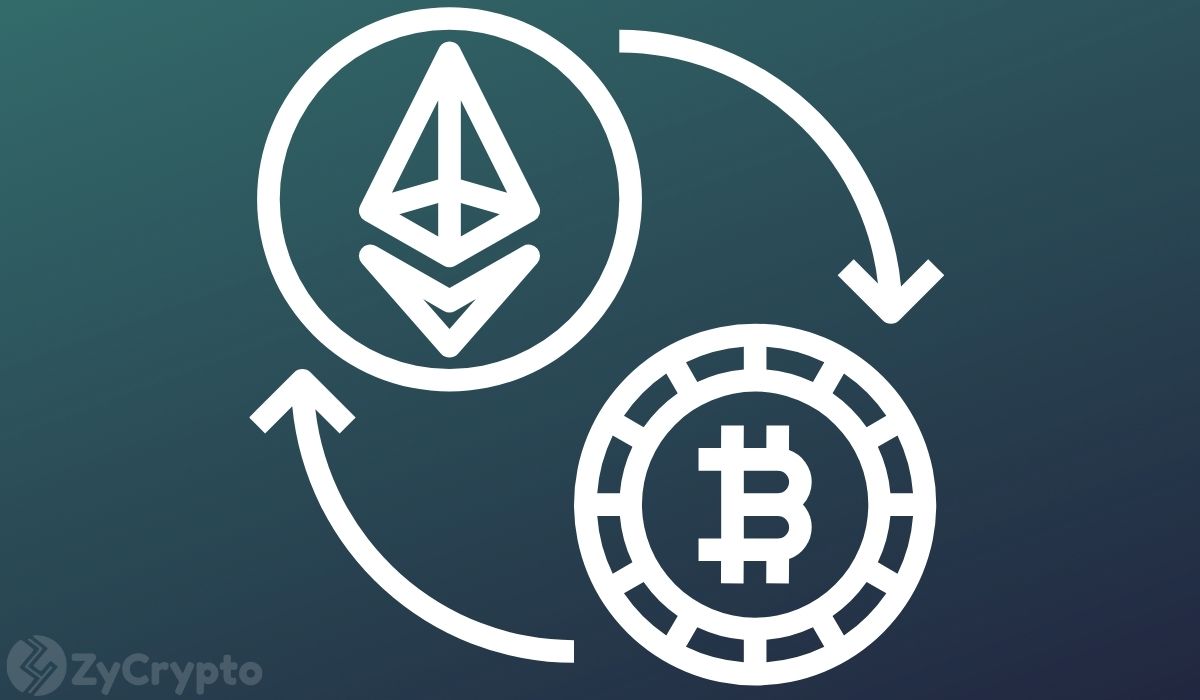


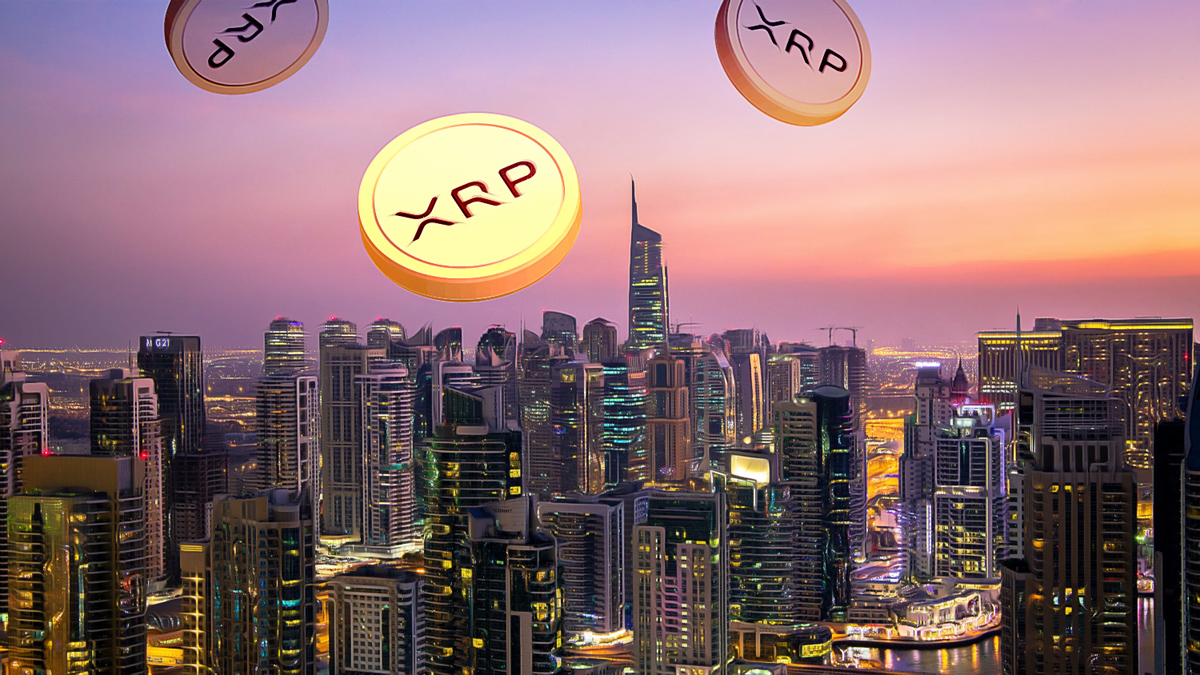
.jpg)

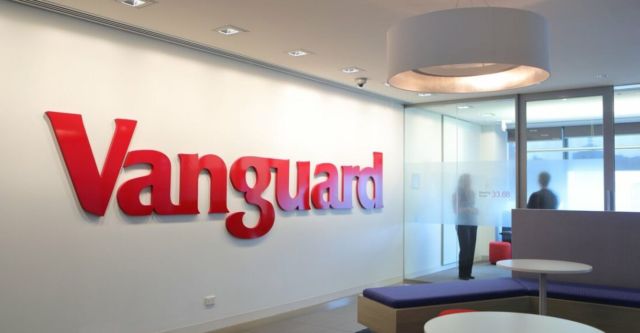





 24h Most Popular
24h Most Popular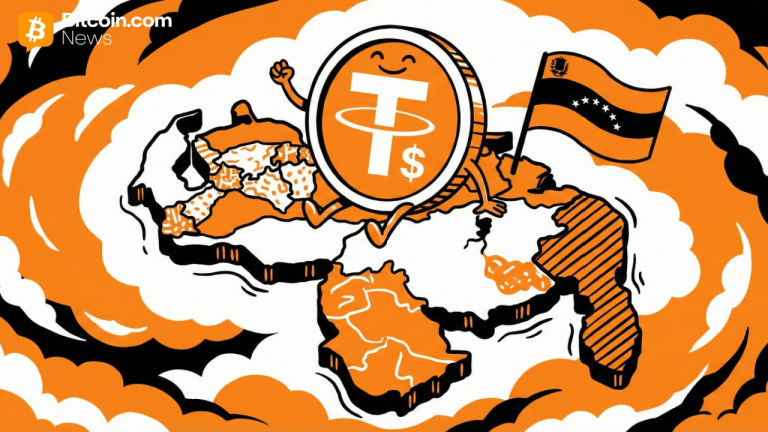
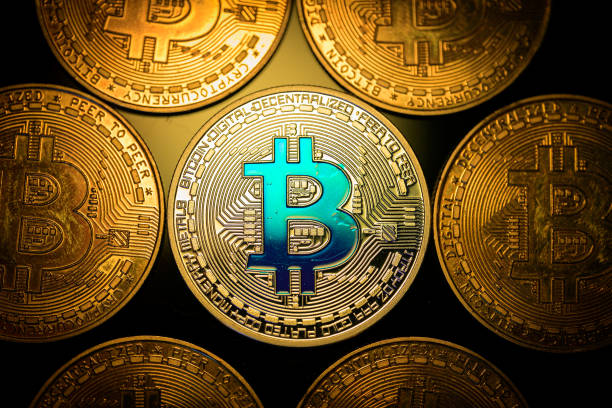

 Utilities
Utilities